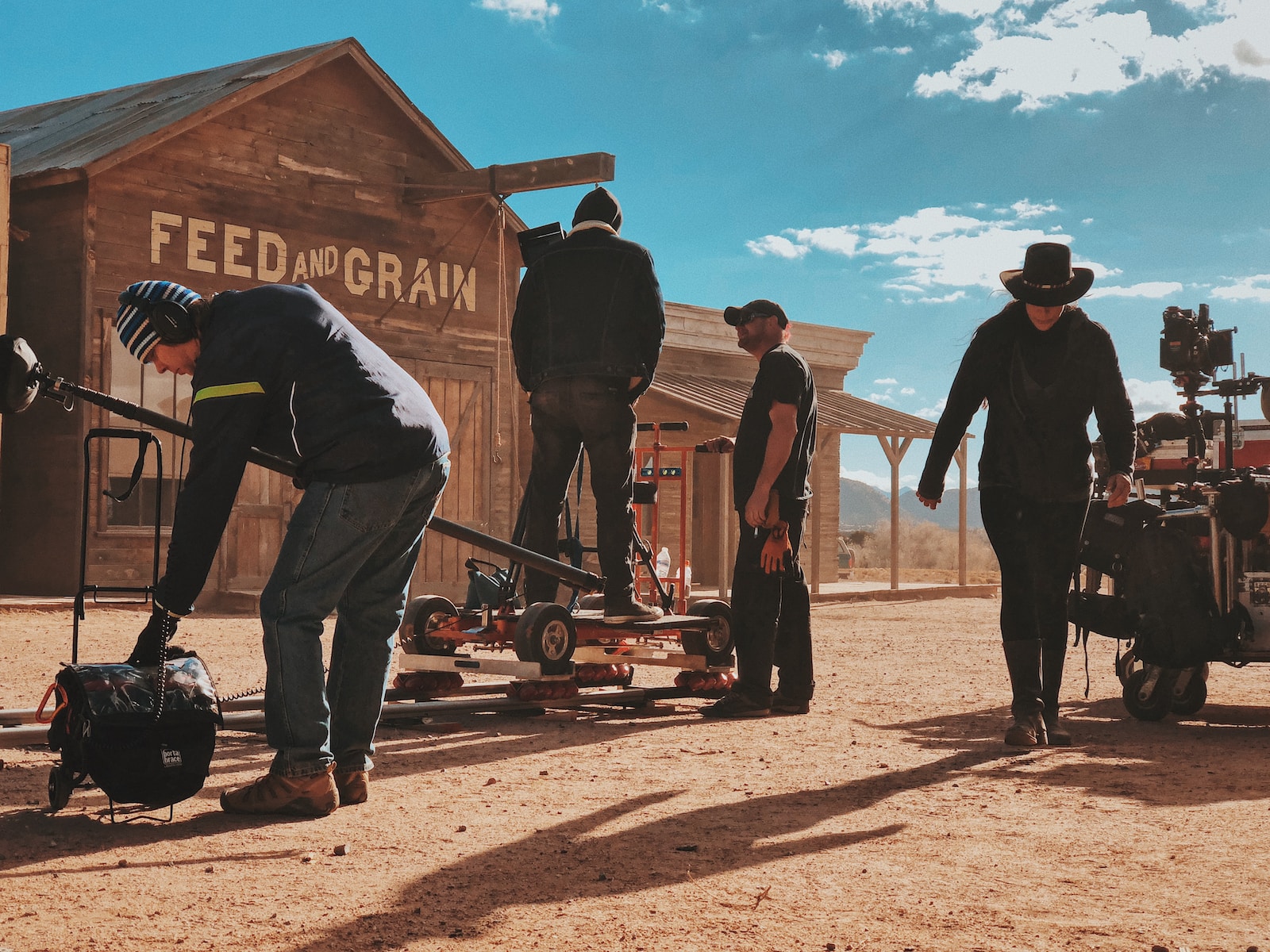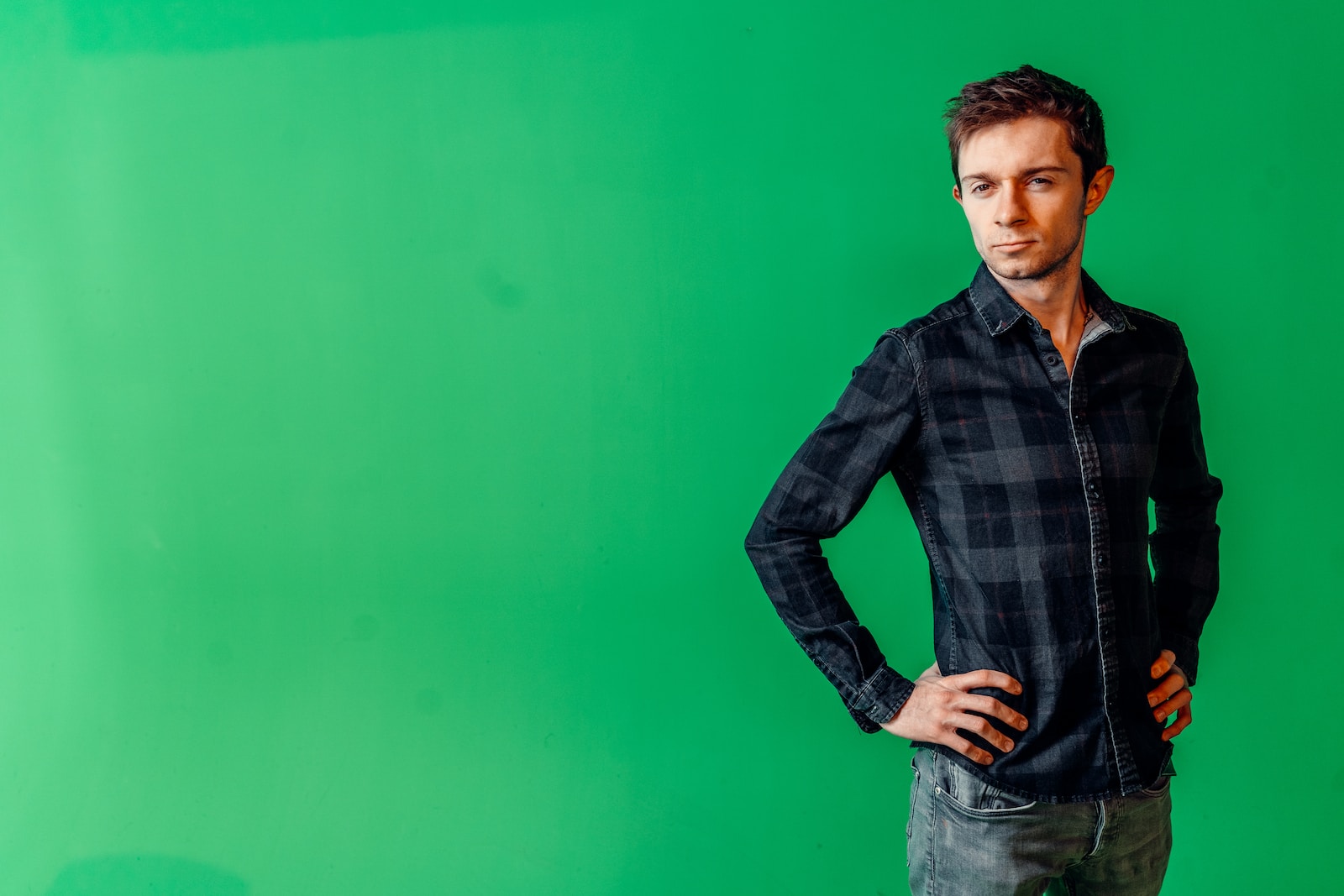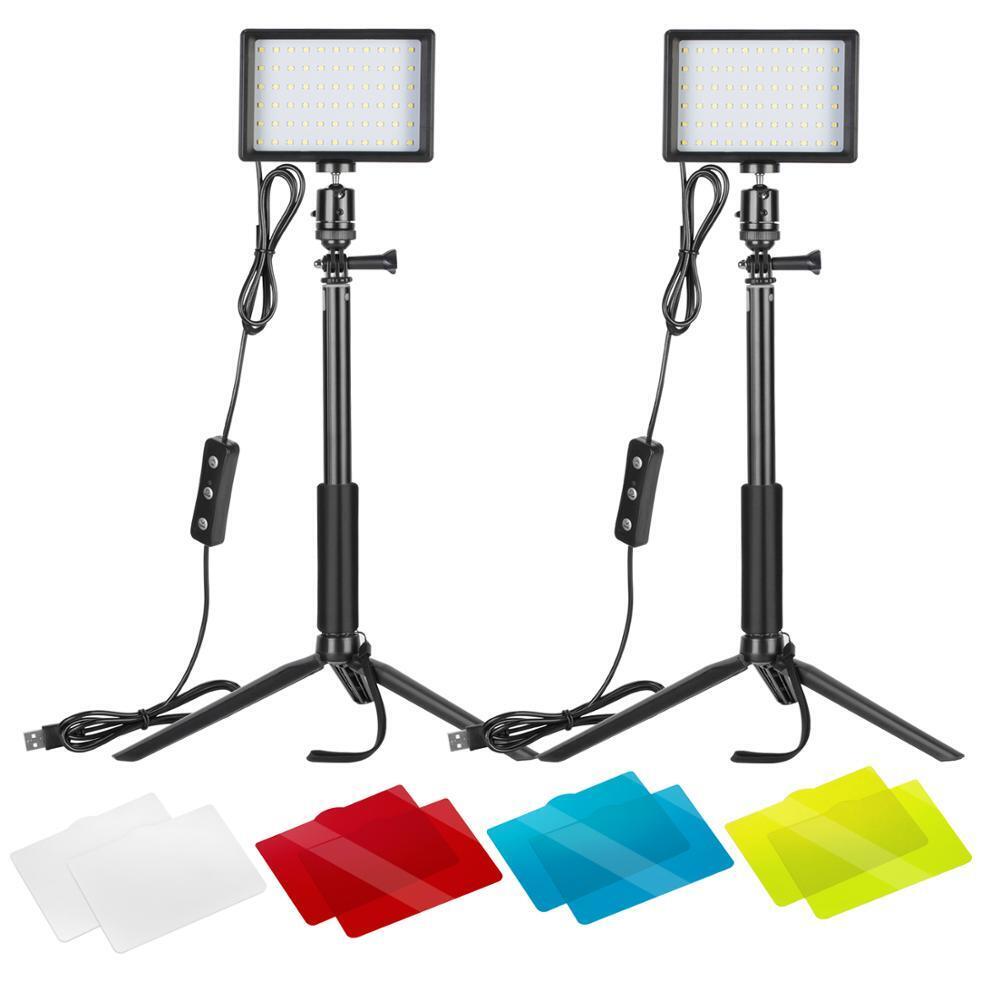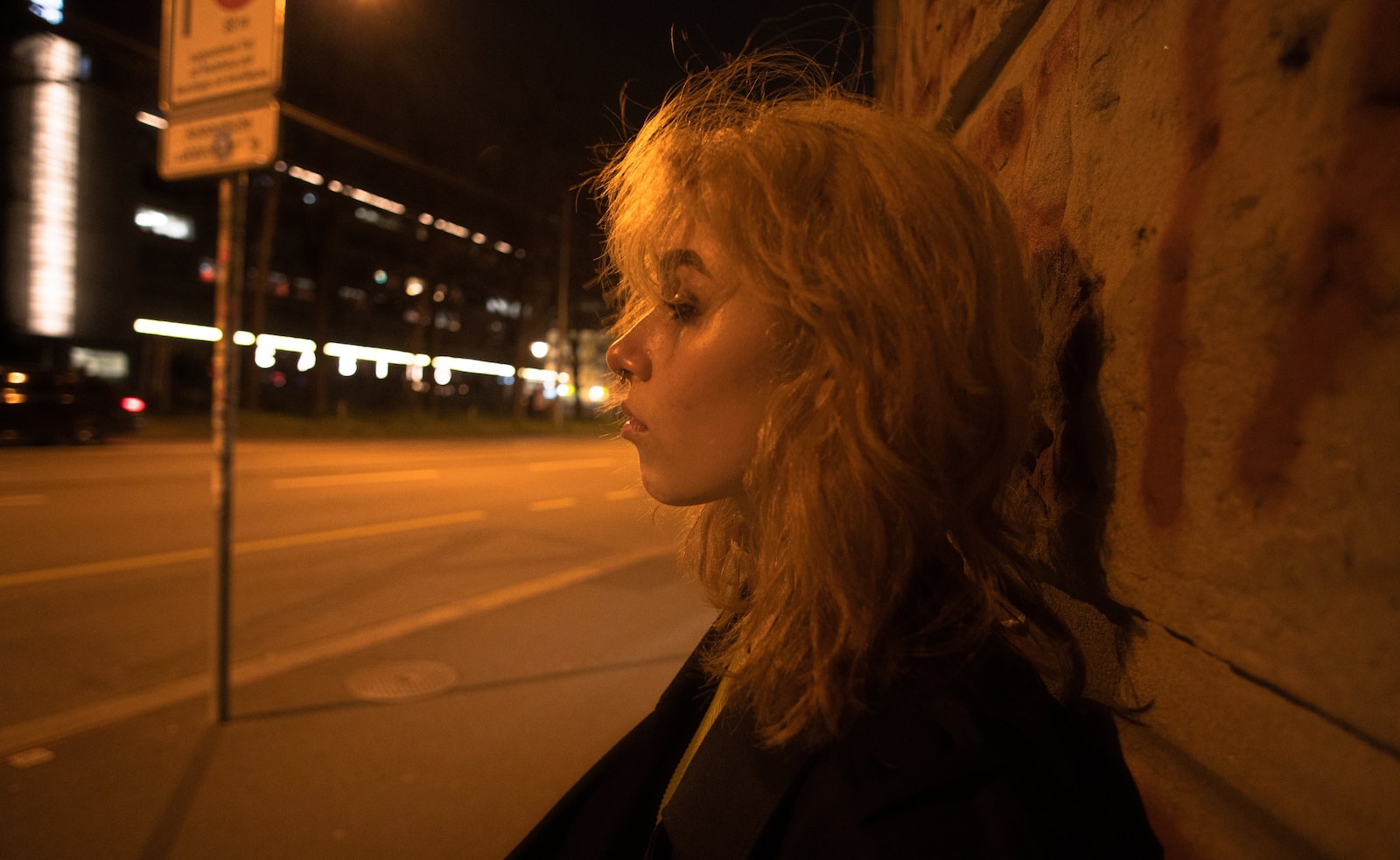Welcome to our blog on practical lighting techniques for outdoor filming! In this article, we will delve into the world of outdoor film shoots and explore various strategies to maximize the quality of your footage. Whether you are a professional filmmaker or a passionate amateur, understanding how to manipulate natural light and implement effective lighting techniques can make a significant difference in the overall look and feel of your outdoor productions. Join us as we unravel the secrets to creating stunning visuals and capturing the essence of your outdoor scenes.
Table of Contents
Practical Lighting Techniques for Outdoor Filming
When it comes to outdoor filming, natural light is a filmmaker’s best friend. However, harnessing its full potential requires a good understanding of how to manipulate it effectively. One technique is to shoot during the golden hour, the period shortly after sunrise or before sunset when the light is soft and diffused. This creates a warm and inviting atmosphere, perfect for romantic or dreamy scenes. Another approach is to use reflectors or bounce boards to redirect and diffuse the light source, minimizing harsh shadows and creating a more balanced and flattering illumination.
Utilizing Artificial Lighting Tools
While natural light is beautiful, it’s not always reliable or controllable. Outdoor filming often requires supplementary lighting to achieve the desired mood and visibility. Investing in portable LED lights or strobes can be advantageous, especially during nighttime shoots or when faced with challenging lighting situations such as heavy shadows or backlit subjects. Understanding how to position and adjust these artificial lights effectively can enhance the clarity and visibility of your scenes, providing the necessary illumination for your actors or subjects.
Creating Depth and Texture with Shadows
Shadows are an essential element in outdoor filming as they help create depth and texture within your shots. By strategically placing your subject or props in relation to the light source, you can utilize the shadows to add drama and visual interest. Experiment with different lighting angles to cast intriguing and dynamic shadows, highlighting key elements or intensifying emotions within your scenes. Remember, shadows can be just as impactful as the light itself, so embrace their power and harness them creatively.
Practical Tips for Outdoor Lighting Setups
When planning your outdoor lighting setup, there are several practical tips to keep in mind. Firstly, scout your filming location in advance to identify any potential lighting challenges such as natural obstructions or harsh light sources. This will allow you to assess and plan accordingly. Secondly, invest in lightweight and portable lighting equipment, as mobility is essential for outdoor shoots. Lastly, always have backup power sources and additional lighting options in case of unexpected changes in weather or lighting conditions.
Case Studies and Real-Life Examples
Nothing beats learning from real-life examples. In this section, we will dive into various outdoor filming projects and analyze the lighting techniques employed. From action-packed outdoor sequences to intimate character-driven scenes, we will dissect the lighting choices made by industry professionals and explore how they contribute to the overall storytelling and visual impact. Prepare to be inspired and pick up invaluable insights to elevate your next outdoor film shoot.
Experimentation and the Artistic Touch
While understanding the technical aspects of lighting is crucial, don’t be afraid to experiment and inject your artistic touch. Creativity knows no bounds, and embracing unconventional lighting techniques or incorporating practical effects can yield unique and visually stunning results. Remember, every outdoor filming project is an opportunity to push boundaries, tell compelling stories, and leave a lasting impression on your audience.
Alfred Hitchcock was notorious for his meticulous attention to lighting in outdoor scenes, often waiting for hours to capture the perfect natural lighting conditions for his shots.
Continuously Improving and Expanding Your Skills
As with any craft, mastering outdoor lighting techniques for filming takes time and practice. Embrace every opportunity to learn, grow, and refine your skills. Stay curious and keep abreast of industry trends and advancements in lighting technology. Engage with fellow filmmakers, attend workshops or conferences, and never be afraid to ask for feedback. Remember, the journey towards becoming a skilled outdoor lighting expert is just as rewarding as the final stunning visuals you will create.
A How-To Guide: Tips and Techniques
When it comes to outdoor filming, lighting plays a crucial role in determining the quality of your shots. While natural light is a valuable resource, it’s important to have practical lighting techniques up your sleeve to maximize the results of your film shoot. In this guide, we will explore some effective tips and techniques that can help you achieve outstanding lighting in outdoor settings.
1. Manipulate Natural Light
Working with natural light is a skill that every outdoor filmmaker should master. Here are some ways to manipulate natural light for optimal results:
- Golden Hour: Take advantage of the soft, warm light during sunrise and sunset, collectively known as the golden hour. This time of day offers a flattering glow that adds a cinematic feel to your shots.
- Diffuse Harsh Light: If you find yourself filming during the middle of the day when the sun is at its peak, use diffusers or translucent fabric to soften the harsh shadows and create a more even lighting on your subjects.
- Reflect Natural Light: Reflectors can be a game-changer in outdoor shooting. Use a white or silver reflector to bounce back natural light onto your subjects, filling in shadows and adding depth to your shots.
2. Use Artificial Lighting for Control
While natural light is often the preferred choice for outdoor filming, sometimes you need more control over the lighting conditions. To achieve this, consider incorporating artificial lighting into your setup:
- LED Panels: Lightweight and portable LED panels offer flexibility and versatility in outdoor shoots. They allow you to adjust the color temperature and intensity of the light to suit your desired mood.
- Light Modifiers: Utilize light modifiers like softboxes and umbrellas to shape and soften the artificial light. This helps create a more natural and flattering look on your subjects.
- Rim Lighting: Add depth and separation by placing a small light source behind your subject. This technique, known as rim or hair-lighting, creates a halo effect and adds a professional touch to your shots.
3. Consider Practical Tips for Outdoor Lighting
Aside from manipulating natural light and utilizing artificial lighting, keep in mind these practical tips to further enhance your outdoor lighting:
- Scout the Location: Visit the shooting location in advance to assess the available natural light and potential lighting challenges.
- Keep it Simple: Focus on using a few well-placed lights rather than overwhelming your scene with excessive lighting equipment.
- Balance the Light: Aim for a harmonious balance between the ambient light and the artificial light sources to create a cohesive and visually pleasing result.
Remember, outdoor filming comes with its own set of challenges and opportunities. By applying these practical lighting techniques and following these tips, you can elevate the visual quality of your outdoor film shoots and capture stunning footage that engages and captivates your audience.
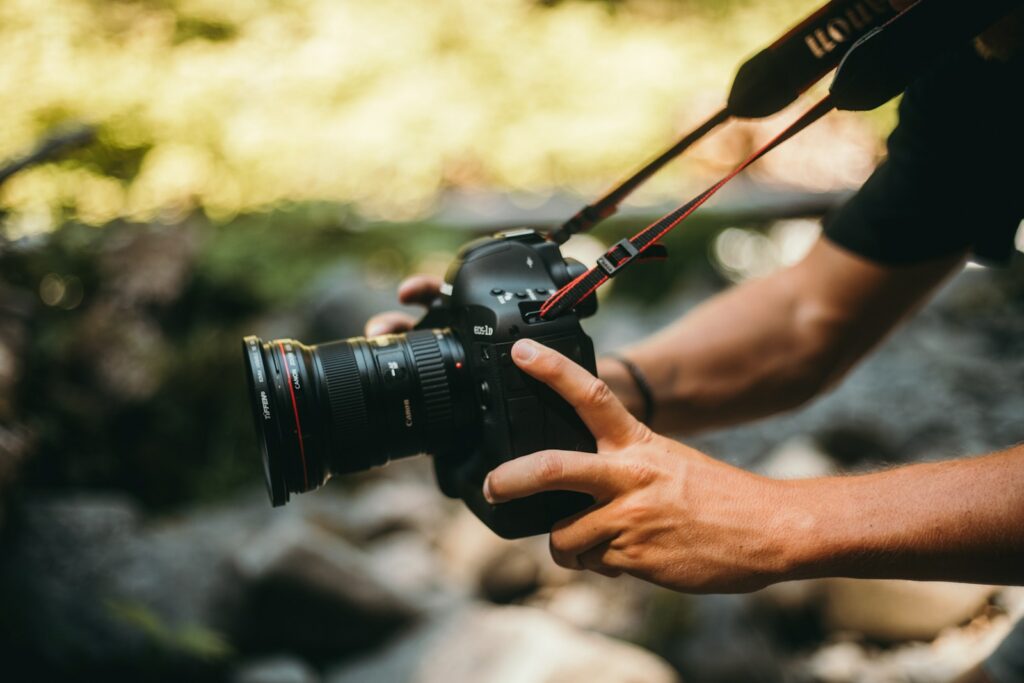
Frequently Asked Questions
1. What are some practical lighting techniques for outdoor filming?
When filming outdoors, it’s crucial to make the most of the available natural light. Here are some practical lighting techniques:
- Golden Hour Shooting: Take advantage of the soft, warm light during the golden hour, which is the period just after sunrise or before sunset.
- Diffusion and Reflectors: Use diffusion materials or reflectors to soften harsh sunlight and fill in shadows.
- Backlighting: Position the light source behind the subject to create a glowing effect and separation from the background.
- Fill Lights: Use additional lights or reflectors to illuminate the shadows and balance the exposure.
- Lighting Control: Use flags, screens, or other tools to block or shape natural light according to your desired effect.
2. How can I manipulate natural light for outdoor filming?
Natural light manipulation can greatly enhance the visual appeal of your outdoor film. Here are some techniques to consider:
- Directing Light: Position the subject in relation to the light source to achieve the desired effect, such as using sidelight for highlighting textures.
- Using Reflectors: Use reflective surfaces to bounce and redirect natural light onto the subject, filling in shadows and creating a more balanced exposure.
- Modifying Light Color: Experiment with different times of the day or utilize color gels to alter the color temperature of natural lighting for dramatic or creative effects.
- Creating Silhouettes: Shoot against a bright background to create striking silhouettes by exposing for the background and underexposing the subject.
3. What are some practical tips for outdoor filming?
Here are some practical tips to maximize the quality of your outdoor film shoot:
- Plan Ahead: Scout the location beforehand to determine the best angles, lighting conditions, and potential challenges.
- Monitor Weather Conditions: Check the weather forecast to schedule shoots on days with favorable lighting or to prepare for weather-related adjustments.
- Bring Essential Equipment: Ensure you have the necessary lighting gear, accessories, and backup options to tackle any unexpected situations.
- Consider Power Sources: If shooting in remote locations, plan for portable power sources to keep your lights and equipment running.
- Collaborate with the Team: Effective communication and coordination with your crew are essential for smooth outdoor filming.
4. How can I optimize outdoor filming with natural light?
To optimize outdoor filming with natural light, keep the following tips in mind:
- Study the Light: Observe how natural light interacts with the environment and learn to anticipate its changes throughout the day.
- Use Light Modifiers: Implement tools like diffusers, bounce cards, or even simple materials like white bedsheets to soften and shape natural light.
- Shoot at the Right Time: Schedule your outdoor shoots during the golden hour or when the lighting conditions suit your desired mood or atmosphere.
- Experiment and Adapt: Don’t be afraid to try different lighting techniques and adjust as needed to achieve the desired look for your film.
Wrap Up
Outdoor filming presents unique challenges when it comes to lighting, but with the right techniques and a little creativity, you can achieve stunning results. By understanding natural light manipulation, utilizing practical tips, and implementing effective lighting techniques, you can maximize the quality of your outdoor film shoots.
Remember to experiment with different angles, diffusion methods, and color temperatures to create depth and mood in your shots. Don’t forget the power of shadows and how they can add dimension to your scenes. And always be prepared with the right equipment for any lighting situation.
Have you tried any of these techniques? What other practical lighting tips do you have for outdoor filming? Share your experiences and thoughts in the comments below!
